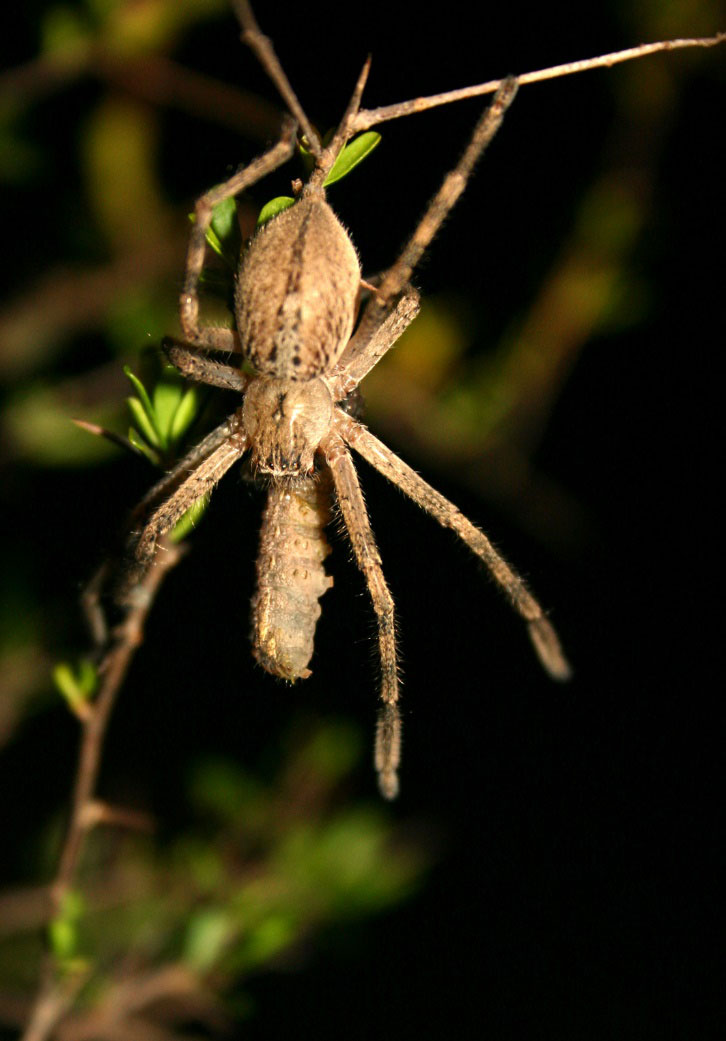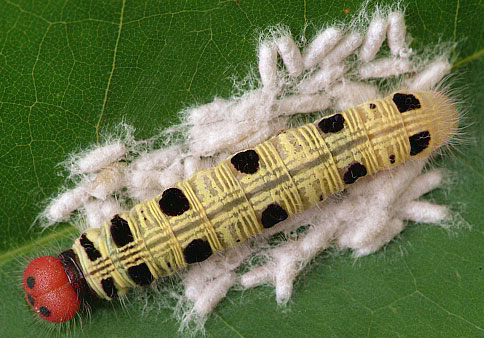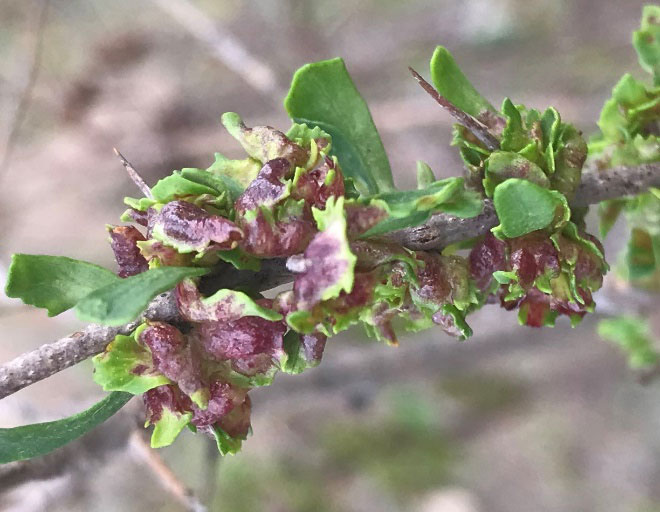Food web Interactions that determine colony health
The habitat of the ECB is home to many other organisms which have the potential to affect population levels of the butterfly. It is a complex interactive community involving plants, predatory and parasitic insects, birds, fungus and bacteria (Vaughan, 1988).’
- ‘Both Notoncus species tend other invertebrates including Scale insects and aphids. Many other invertebrate species are found using the ant nest s harbour including springtails, Mealy Bug species. These could be major competitors with butterfly larvae both in competition for the food plant but also that some of these species are tended by other ant species i.e., Iridomyrmex sp which may dominate Notoncus’ (Vaughan, 1988).
- ‘Both Notoncus species tend other invertebrates including Scale insects and aphids. These can be found in large numbers on the aerial stems and foliage of Sweet Bursaria, and these are tended by a variety of ants. These are not only competition for the food plants but also some ant species may exert dominance over Notoncus i.e., Iridomyrmex sp which may dominate Notoncus (Vaughan, 1988). Often Mealy Bugs (Dysmicoccus) have been found in Notoncus ant nests which are also tended by Notoncus and/or Iridomyrmex sp, Vaughan did not find ECB in nests where they dominated despite the face ECB were nearby (Vaughan, 1988).
- Another ant which tends aphids, Crematogaster sp damages Sweet Bursaria leaves. (Vaughan, 1988).’ The ants’ larvae are housed in these bloated, distorted leaves and are provided with aphids as food. Ultimately the leaves dry up and dies (Vaughan, 1988).
- Predators and Parasites
Very few Butterfly larvae make it to adulthood! All life stages of Butterflies are vulnerable to predation. ‘Many predators share the plant and local habitat including spiders, wasps, lacewing larvae and many ants. European wasps are an aggressive predator.
Adults are preyed on by birds and other invertebrates (spiders etc). Immature stages (eggs and larvae) are food for generalist predators i.e. vertebrates and invertebrates (spiders, lacewings, wasps and bugs). For example studies of Imperial Hairstreak pupae where ants were denied 95% had wasps parasitize them. Conversely those attended had zero parasitism.
In many cases it is the parasitoides that regulate no. of BF each season. (Ross Fields 2013).


Nectar Competition
Introduced Honeybees have been seen to feed preferentially on Sweet Bursaria nectar when it flowers, in direct competition with ECB for previous food resources. This is particularly problematic when ECB emergence is geared to the flowering of Sweet Bursaria. Feral bees also utilise hollows which native birds and mammals would otherwise use, and which may be critical to the complex ecology (Vaughan, 1988).’
Moss
‘The moss species Thuidium furfurosum and Breutelia affine almost invariably grow at the base of Sweet Bursaria and may be important in providing cover and protection from predators or inclement weather and in the maintenance of appropriate microclimate. Damage to this moss layer during inspection of nests should be avoided as mosses usually take a considerable tie to recover (Vaughan, 1988)’
Other Flowering Plants
The adults feed at the flowers of Sweet Bursaria but can utilise other plants. At Kiata, feeding on Hakea has been observed when Sweet Bursaria is late flowering. In 1987 surveys sweet Bursaria was not in flower when ECB first emerged. The presence of other flowering and nectar producing species would be essential for ECB to survive for a reasonable period and to obtain sufficient energy for successful reproduction. (Vaughan, 1988)
Health of Sweet Bursaria
Bursaria health impacts on ECB growth and reproductive success. Some years many plants have galls, sooty mould etc.
In order to manage ECB it is essential that their broader quality habitat patches are managed as a whole, rather than just the areas where they are found. As ECB move and disperse around the larval food plants.
It is likely that within sites there is local movement and dispersal of the colonies among the larval food plants (Braby et al., 1999). Research conducted in 1987-1988 and 1994-1995 indicated that a substantial proportion of food plants used for oviposition may not be utilised in subsequent years, so that larval distribution within a site may vary between years (Braby et al., 1999).
‘Alan Yen reported that colonies move to track suitable environmental conditions. Therefore, not all available habitat at sites is suitable habitat. As vegetation ages, the habitat may become unsuitable and the population either moves on or becomes locally extinct (From EBBC Advice 2016).
